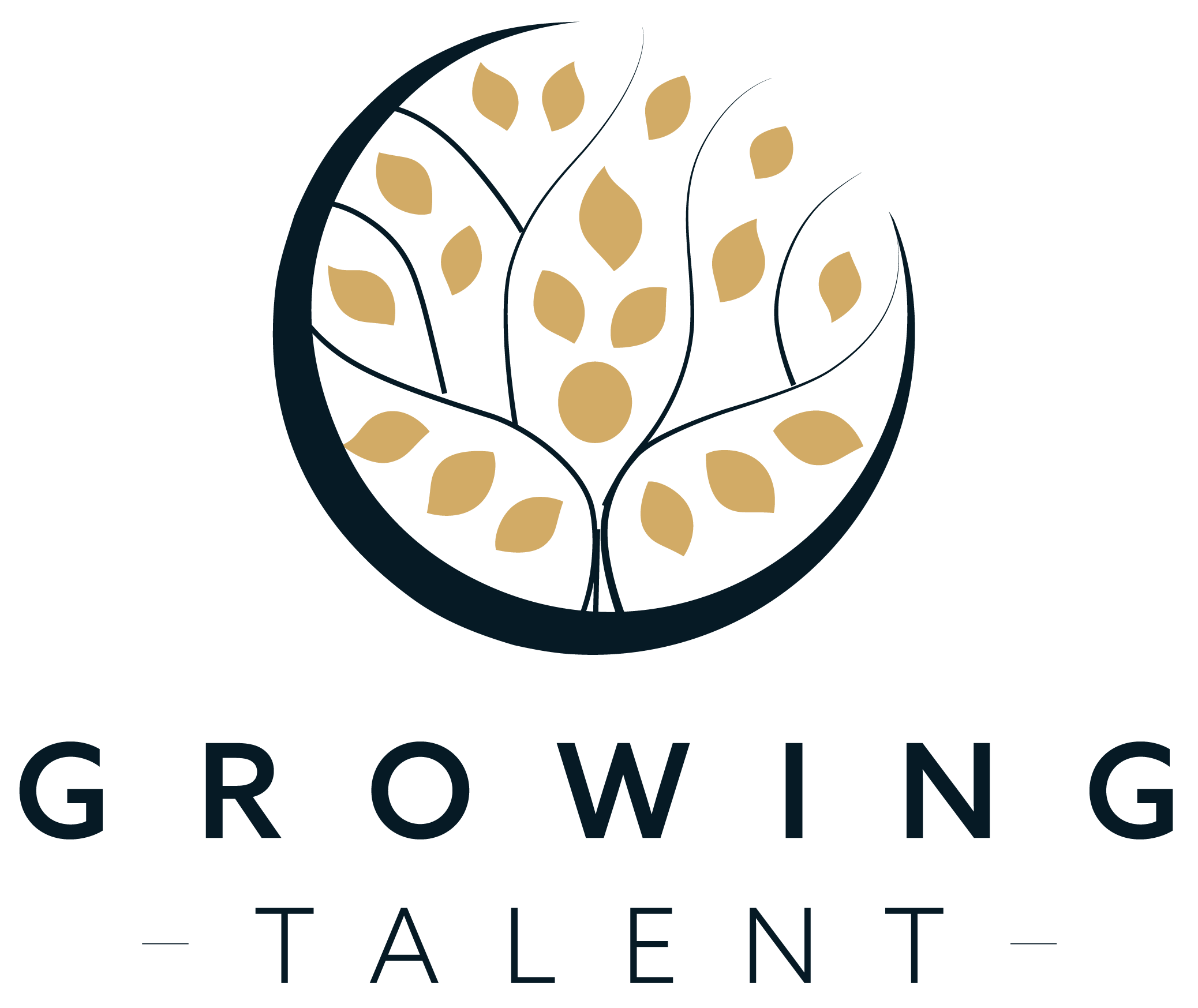The cannabis industry has been lauded for its progressive nature and incredible growth. However, it’s not as modern as most would hope. As a newer industry, there are still some kinks to work out, including racial equality. There is a long history of racism linked to cannabis, which has led to a lack of representation among business owners and investors. While there is still a way to become an equitable industry, those within it are working to right the wrongs made against people of color (POC) with equity programs and diversity initiatives.
The History of Racism in Cannabis
Cannabis has gone on a rollercoaster over the last few decades in terms of public approval and legality. However, this substance has a much longer history than our modern understanding. The cannabis plant has been used for treating ailments, in ceremonies, and for its recreational psychoactive effects for at least 2500 years. It was used through the 1800s by Anglo-Americans and Europeans to ease stomach aches, inflammation, insomnia, etc., and was present in many tinctures and medicines available at the time. So what changed?
In the early 1900s, after the Mexican Revolution, the United States experienced an influx of Mexican immigrants who brought with them culture, language, and customs, including cannabis, which they called marijuana. While they were using cannabis for the same reasons and effects as their white counterparts, these immigrants were villainized for their cannabis consumption to demonize the Mexican people as a whole. Lies were spread that claimed men of color became dangerous, even violent when using cannabis, which led to the passing of 1937’s Marijuana Tax Act that banned its use and sales. This smear campaign was effective due to rampant xenophobia and because many did not realize that the cannabis in their pharmacies, and the marijuana coming in from Mexico, were one and the same.
The Marijuana Tax Act was replaced decades later with the Controlled Substance Act in 1970 under President Nixon. This separated controlled substances like cannabis into five schedules based on how dangerous or addictive it is. Cannabis was placed in the most restrictive category, Schedule 1, despite its reputation of not being an addictive or relatively dangerous substance. This was the beginning of Nixon’s war on drugs, which targeted the anti-war left and people of color. The effects of the war on drugs and cannabis’s negative association with people of color can still be seen today in the substance’s arrest rates. Black Americans are 3.64 times more likely to be arrested for cannabis possession than their white counterparts, despite similar usage rates.
Moving Forward-ish
Cannabis today still resides in the Schedule 1 placement and is federally illegal in the United States. However, since the 1970s, cannabis legislation has been passed at the state level to decriminalize the substance in 25 states, and Washington DC Cannabis is now legally sold for medical use in 37 states and adult use in 14 states. This wave of steady legalization led to the Green Rush in cannabis and ushered in investors and entrepreneurs to this new market. While many were reaping the benefits of a rapidly expanding industry, the racial gap in cannabis between POC and white people only grew. The majority of cannabusinesses (81%) are run by white owners, while black individuals own only 4%. Racial minorities are only owners/stakeholders in 19% of all cannabis ventures.
This gap is due to many factors, but it comes down to a lack of capital and prior arrests in this industry. Over 600,000 arrests were made for cannabis possession in 2018, with nearly half of those arrested being black or Latino individuals, even though they only make up 31% of the population. Because of these arrests, formerly incarcerated individuals cannot access the cannabis industry, even in states where it’s now legal. Moreso, if they are able to participate in a record expunging program, the cost to hire a lawyer and the time needed to go through their records might not be realistic. It is also costly to start your own cannabis business, and due to a lack of generational wealth and racist lending policies, POC are often unable to afford the costs.
The Future of POC in Cannabis
Despite all of this, there is still hope for an equitable cannabis industry. With the recent spotlight on racism in America following Breonna Taylor and George Floyd’s deaths, there is more focus than ever on bringing equality to the forefront. Many states with legal cannabis have implemented equity programs for either medical or recreational businesses to be established. These programs aim to increase opportunities for those disproportionately affected by the war on drugs and cannabis arrests. While it is still yet to be seen how effective these programs are, they aim to make the cannabis industry more equitable for all.
One way to support POC cannabusinesses today is to shop with them. Though they are the minority, there are still plenty of black and POC owned cannabis operations across the country. Use your dollars to support these business owners and encourage others in your life to do the same. You can find a database of diversely owned cannabusinesses here. If you are a POC and interested in learning more about the cannabis industry, consider joining the Minority Cannabis Business Association. If you are looking to work in the cannabis industry, Growing Talent has its own equity mission called SEED (Social Equity through Education & Diversity), and they are actively recruiting diverse individuals from communities most impacted by the war on drugs.

